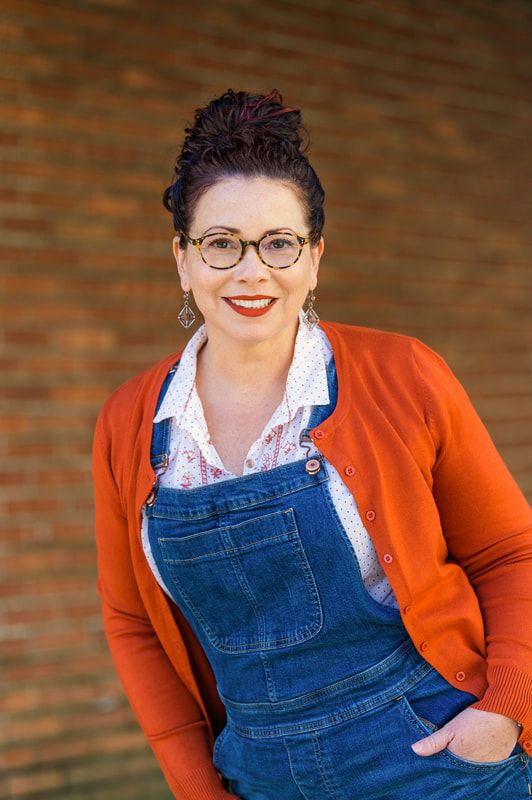The offensive tradition? Teaching every 7th grader to square dance. Sounds innocent enough you say? Au contraire. While promenading and do-si-do-ing is fun to the grown-ups around her (in fact, Lupe’s mom remembers the moves and busts them out at the most embarrassing times), Lupe disagrees. Number one, square dancing isn’t cool. Number two, it’s not as athletic as climbing ropes or playing a sport. And what about the weird songs and lyrics? Lupe Wong is about to investigate! Personally, Lupe would rather they play something like baseball. Nowhere is she more in her element than on the pitcher’s mound, and this is where author Donna Barba Higuera treats the reader to authentic details. “I grip my fingers into a four-seamer.” Pitching is also a link between Lupe and her father. In her head, she hears his advice, “Center your weight on the rubber.” Since the baseball moments were my favorites, I asked Higuera if she has a personal connection to the sport. She explained, “I grew up in a baseball loving family. I started playing softball when I was five and played fast pitch into my first year of college. I was a catcher, and I was small. I got pretty beat up on the collegiate level, so I hung up my cleats.” Higuera’s love of baseball, knowledge of its jargon, and intimacy with pitching mechanics comes through. Lupe is determined to be the first female pitcher in the Major Leagues, and she looks up to the only Chinacan/Mexinese pitcher in Majors, Fu Li Hernandez. Bi-racial herself, she sees a mirror in him. But, her dream of meeting Fu Li can only come true if she gets all A’s in her classes. And square dancing looks tricky to ace. I wondered how Higuera landed on square dancing as the nemesis for Lupe. She had this to say about square dancing in her school: “I had to square dance in the fourth grade. I grew up in an oil town. Every four years, the town celebrates “Oildorado.” Yep. Well, our class had to practice every day for the event. We all dressed up, and my mom put mascara freckles on my face even though I’m plenty freckled. I was not a happy square dancer.” I’m not surprised! I asked HIguera for a photo, but she reported that she was thankful to have none. When asked what readers hope to take away from this book, Higuera says, “There are so many messages on relationships and friendship and just being yourself in this book aside from the basic plot line. But something that occurred to me only after I wrote the book was that we all need to have a little more empathy for others. My daughter taught me a word (her favorite, and one I’ve since posted on wall in our home) that I think pertains perfectly to this book. Sonder. It means, to gain an understanding that each stranger you pass on the street has a life just as complex as your own. And that we each have struggles and victories and diverse and/or complicated home lives. Lupe learns this as part of her character arc. She gains an understanding of her friends that she'd previously been a little too self-absorbed to consider. I hope readers learn, as Lupe does, to stop and consider that each person you meet or pass on the street has a life just as rich as your own, wounds and all. And to be kind to everyone we encounter.” Join Lupe and her friends as they present all the arguments against square dancing and learn a lot about the origins of the dance songs. You may even see Lupe change her tune when it comes to fiddles and cuers. Themes to enjoy: activism, standing up for friends, neurodiversity, and celebrating many cultures. My final two cents: A funny, fast read with poignant friend and family moments, lessons learned, and a happy-cry ending. Highly recommended!
AuthorPost by Rebecca Balcárcel, author of The Other Half of Happy
1 Comment
Joy Harvey
10/5/2020 06:14:24 am
I would just like to subscribe.
Reply
Leave a Reply. |
Las Musas SpeakWelcome to our blog! Archives
July 2024
Categories
All
|



 RSS Feed
RSS Feed